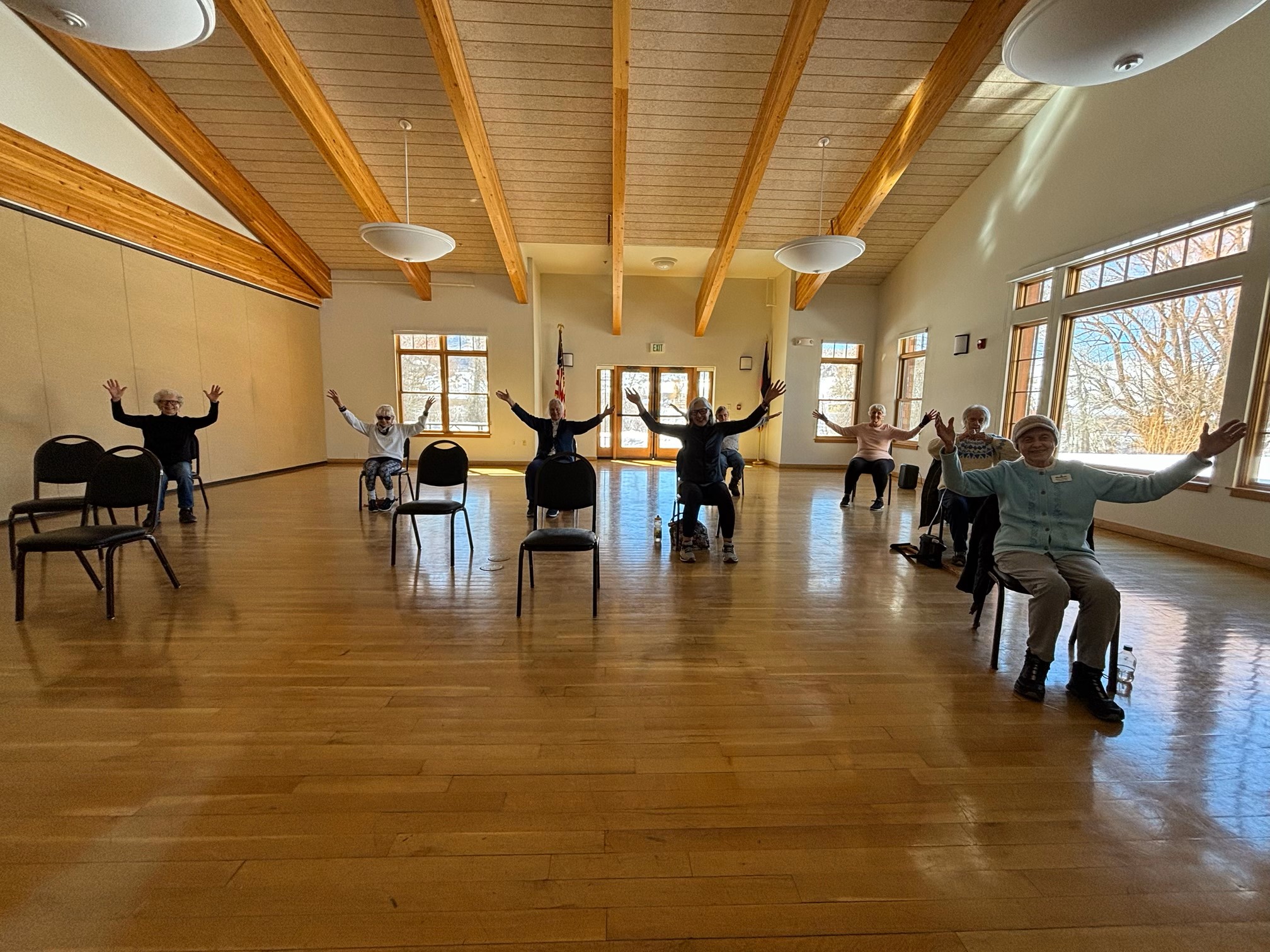About 2 years ago I watched a documentary called “Limitless” which featured Chris Hemmsworth (aka Thor) working with a Doctor, Peter Attia, on ways to prolong his life. As a side note, Peter Attia wrote a book called “Outlive: The Science and Art of Longevity” that I would highly recommend. The documentary had several episodes on various topics ranging from fasting, shock (hot and cold plunges), managing stress, and…memory. Ah, Memory. All episodes really resonated with me but I could certainly relate to this one in particular because, for me, pregnancy brain turned into mom brain and has now turned into perimenopausal brain…the struggle is real.
In this episode Chris learned that he has genetic markers for Alzheimer’s Disease. One of the ways that Peter Attia cited to combat this gene expressing itself earlier in his life was by…dancing. Insert tangent: What do I mean by gene expressing? Many of us live with genetic markers and genes that make us prone to this or that. For example, my son has genetic markers for certain autoimmune diseases. You keep your genes happy, and they are like a dormant campfire, smoldering just slightly but not enough to flame up. But if you piss off your genes, then the fire flares and now all of a sudden you have a problem. So…how do you keep those genes happy? For my son, it’s not eating inflammatory foods, it’s limiting sugar (ohhhhhh what a battle at 11), exercising, and absolutely no Tylenol (I could do a whole blog about this, but I’ll save it for another time).
For Chris, it’s using tools such as dancing, to increase his cognitive function and keep his genes happy. We already know that dancing helps stability, flexibility, core strength, balance, and so much more. But now there is actually scientific evidence that backs the claim that dancing does, in fact, help prolong life and fight neurodegenerative diseases such as Alzheimer’s and dementia.
According to ChatGPT…
The Science of Dance and Aging
Several studies have shown that dance is one of the most effective activities for keeping both the body and brain young. A landmark study published in Frontiers in Human Neuroscience (2017) found that older adults who participated in dance classes showed increased brain plasticity and improved memory, balance, and coordination compared to those who only did conventional fitness training. The variety of movement, the necessity to remember steps, and the rhythm all contribute to enhanced cognitive function.
Additionally, research in The New England Journal of Medicine (2003) found that dance significantly reduced the risk of dementia. In this long-term study, frequent dancing lowered the risk of dementia by 76%—more than any other physical activity, including swimming or cycling! That’s because dance combines physical movement with cognitive stimulation, requiring split-second decision-making and memory recall.
And it’s not just the brain that benefits. A 2019 study in Sports Medicine highlighted that dance improves cardiovascular health, increases muscular endurance, and enhances balance—helping reduce the risk of falls, which is one of the leading causes of injury in older adults.
More Than Just Exercise—It’s Joyful Connection
Beyond the physical and cognitive benefits, dance is social, expressive, and emotionally uplifting. Unlike traditional workouts, dancing naturally brings people together, whether it’s a ballroom class, a salsa night, or a simple freestyle session in your living room. Maintaining strong social ties is another key factor in longevity, helping to ward off depression and isolation.
So, if you want to stay young at heart and strong in body, dance might just be the perfect anti-aging prescription. Whether it’s tap, tango, or a dance-fitness class, the key is to keep moving—your body and mind will thank you for it!
Well said, ChatGPT…Hey, thanks, I appreciate you.
According to Peter Attia, in a bar graph he explains on page 227 of the aforementioned book, falls are, by a landslide, the number one cause of accidental deaths in people 85 and older and even a huge number in the 65-84 age brackets. Falls! Well, what helps prevent falls? Stability and balance! What helps stability and balance? I think you get my point.
And the bonus? You don’t even realize it’s happening. I’m currently taking an adult “back to basics ballet” class with Meg Southcott. We go through these patterns, ballet moves, body positions, etc, and that somehow miraculously makes me more apt at remembering my niece’s birthday (for example). The cross over, training your brain, oozes into other areas of life as it grows stronger. If that makes sense (?). You get instant gratification benefits (look I just completed a tondu combination whoot whoot) and long term benefits of plasticity and firing neurons to make more connections. What a beautiful thing.
When I took this position in 2023, I had lots of conversations about ways our organization can have a greater impact in our community. And I remembered that Documentary series that was so inspirational. Long story short, our Dance Vitality: Embrace the Rhythm of Aging program was born. By bringing dance into our retirement communities and aging demographics, we help increase quality of life and hopefully our participants have some fun doing it (they do). We are now doing free weekly classes at Casey’s Pond for their residents on Tuesdays and at the Community Center for the public from 10:30-11:30 on Thursdays! The Rotary Club of Steamboat is helping fund this, and we are hoping to make this a permanent program in both locations. We are also working on dance for Parkinson’s & MS.
How can we get YOU dancing more? 🙂

